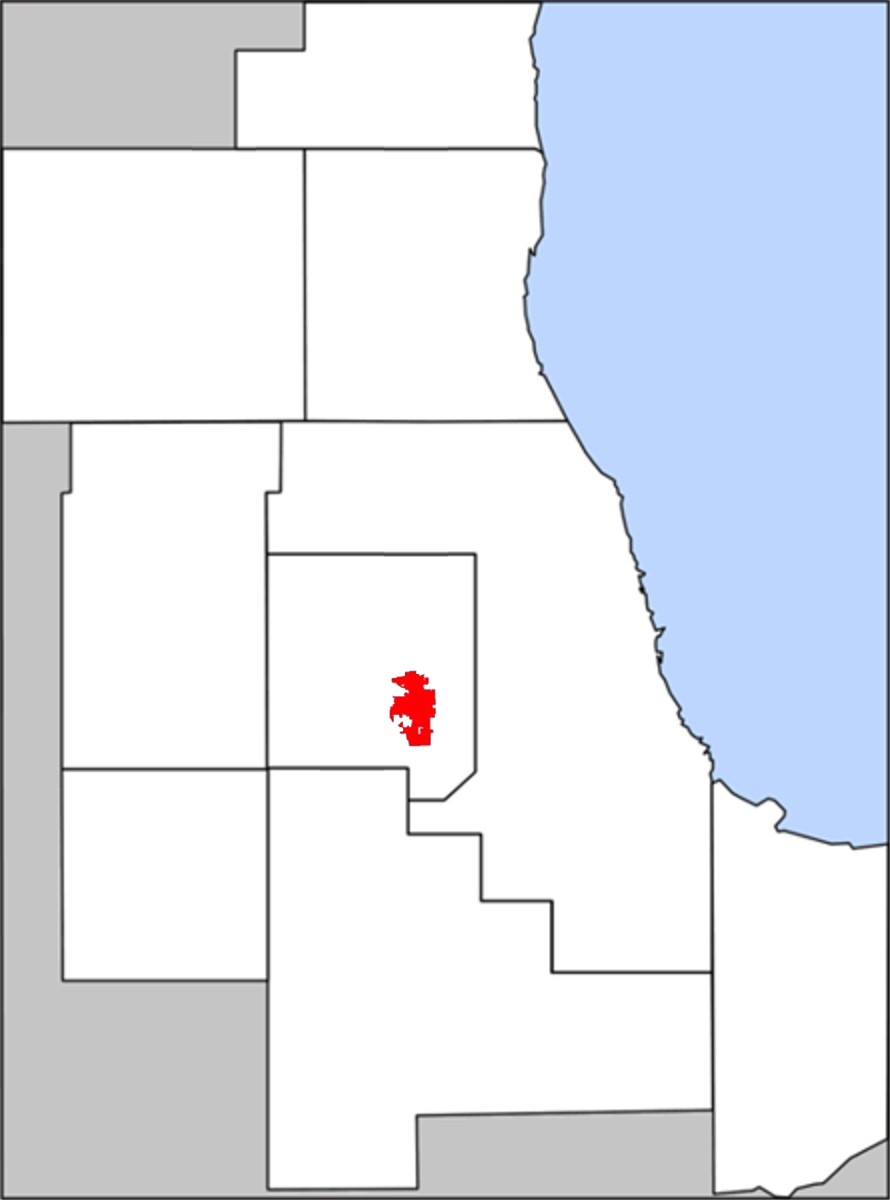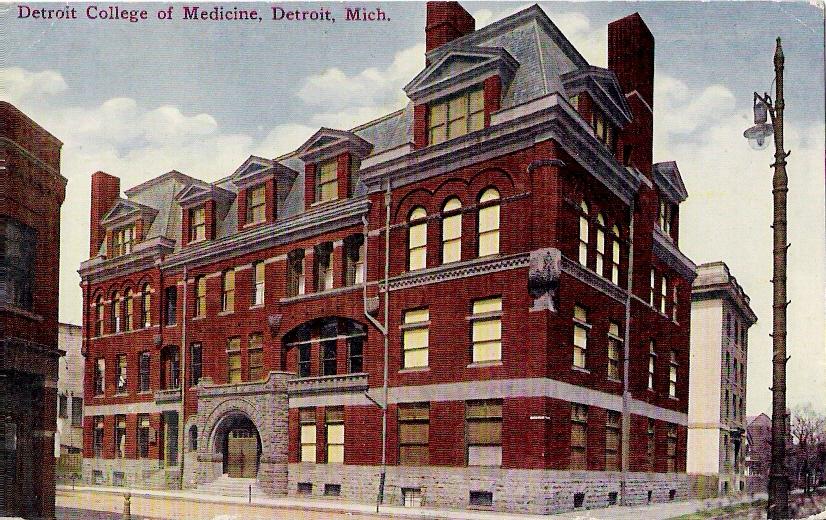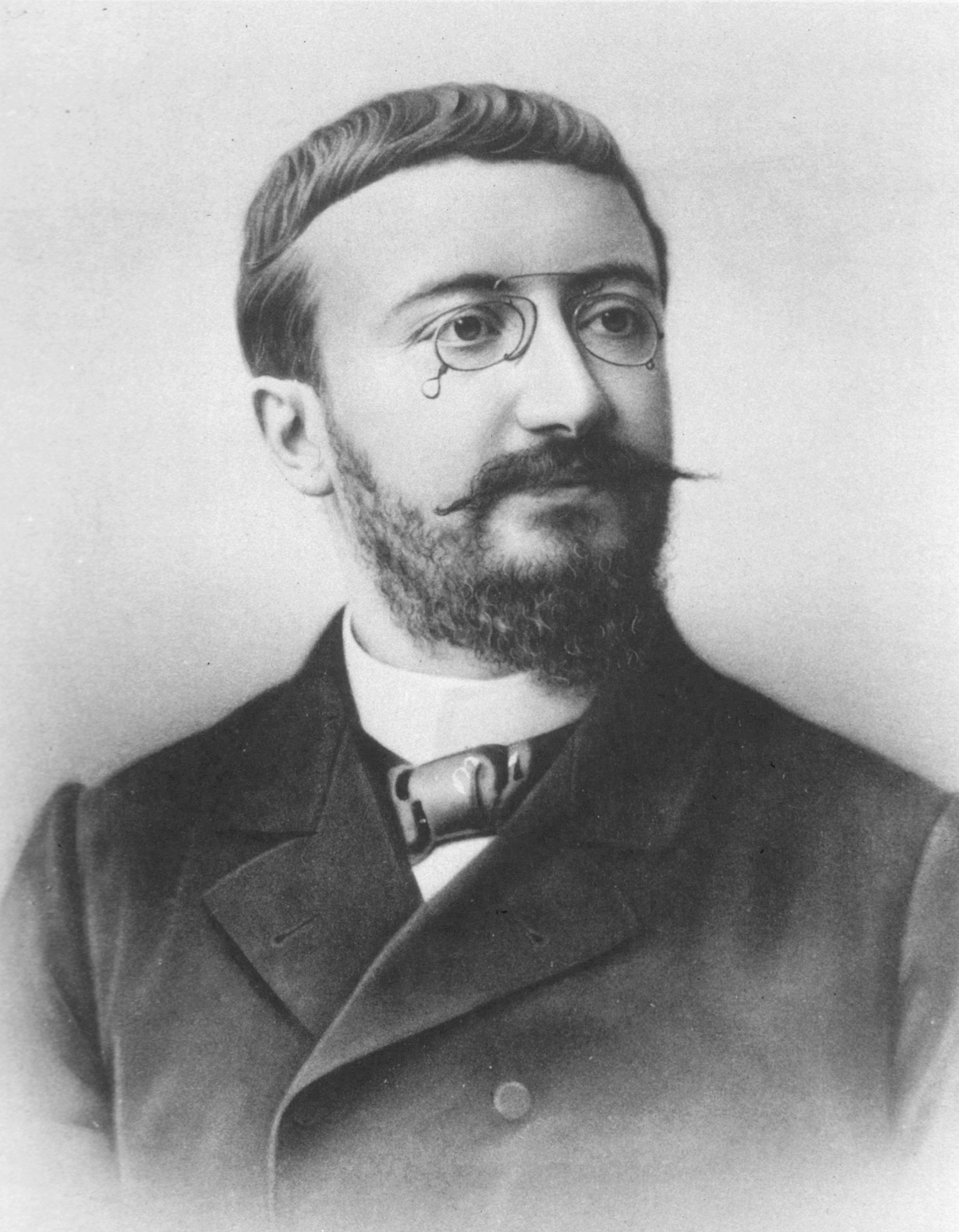|
The Avery Coonley School
The Avery Coonley School (ACS), commonly called Avery Coonley, is an independent, coeducational day school serving academically gifted students in preschool through eighth grade (approximately ages 3 to 14), and is located in Downers Grove, DuPage County, Illinois. The school was founded in 1906 to promote the progressive educational theories developed by John Dewey and other turn-of-the-20th-century philosophers, and was a nationally recognized model for progressive education well into the 1940s. From 1943 to 1965, Avery Coonley was part of the National College of Education (now National Louis University), serving as a living laboratory for teacher training and educational research. In the 1960s, ACS became a regional research center and a leadership hub for independent schools, and began to focus on the education of the gifted. The school has occupied several structures in its history, including a small cottage on the Coonley Estate in Riverside, Illinois, and another building de ... [...More Info...] [...Related Items...] OR: [Wikipedia] [Google] [Baidu] |
Downers Grove, Illinois
Downers Grove is a village in DuPage County, Illinois, United States. It was founded in 1832 by Pierce Downer, whose surname serves as the eponym for the village. It is a south-west suburb of Chicago. The village is located between I-88 and I-55. History Downers Grove was founded in 1832 by Pierce Downer, a farmer who traveled to Illinois from Rutland, New York, but was originally from Vermont. Its other early settlers included the Blodgett, Curtiss, Blanchard, Stanley, Lyman, and Carpenter families. The original settlers were mostly migrants from the Northeastern United States and Northern Europe. The first schoolhouse was built in 1844. The Chicago, Burlington and Quincy Railroad was extended from Aurora to Chicago through Downers Grove in 1864, boosting its population. The town was incorporated in March 1873. Its somewhat unusual spelling ("Apostrophe-free since 1873") remains a minor historical mystery. In April 1947, the wreck of a Burlington Railroad ''Twin Cities Zephyr ... [...More Info...] [...Related Items...] OR: [Wikipedia] [Google] [Baidu] |
Riverside, Illinois
Riverside is a suburban village in Cook County, Illinois, United States. A significant portion of the village is in the Riverside Historic District (Riverside, Illinois), Riverside Landscape Architecture District, designated a National Historic Landmark in 1970. The population of the village was 8,875 at the 2010 census. It is a suburb of Chicago, located roughly west of Chicago Loop, downtown Chicago and outside city limits. History Riverside is arguably the first planned community in the United States, designed in 1869 by Calvert Vaux and Frederick Law Olmsted. The village was incorporated in 1875. The Riverside Historic District (Riverside, Illinois), Riverside Landscape Architecture District, an area bounded by 26th Street, Harlem and Ogden avenues, the Des Plaines River, and Golf Road, was designated a National Historic Landmark in 1970. In 1863 the Chicago, Burlington and Quincy Railroad was built heading southwest from downtown Chicago to Quincy, Illinois, passing throug ... [...More Info...] [...Related Items...] OR: [Wikipedia] [Google] [Baidu] |
Friedrich Fröbel
Friedrich Wilhelm August Fröbel or Froebel (; 21 April 1782 – 21 June 1852) was a German pedagogue, a student of Johann Heinrich Pestalozzi, who laid the foundation for modern education based on the recognition that children have unique needs and capabilities. He created the concept of the ''kindergarten'' and coined the word, which soon entered the English language as well. He also developed the educational toys known as Froebel gifts. Biography Friedrich Fröbel was born at Oberweißbach in the Principality of Schwarzburg-Rudolstadt in Thuringia. A cousin of his was the mother of Henriette Schrader-Breymann, and Henriette became a student of his. Fröbel's father, Johann Jacob Fröbel, who died in 1802, was the pastor of the orthodox Lutheran (alt-lutherisch) parish there. Fröbel's mother's name was Jacobine Eleonore Friederike (born Hoffmann). The church and Lutheran Christian faith were pillars in Fröbel's own early education. Oberweißbach was a wealthy village in th ... [...More Info...] [...Related Items...] OR: [Wikipedia] [Google] [Baidu] |
Wayne State University
Wayne State University (WSU) is a public research university in Detroit, Michigan. It is Michigan's third-largest university. Founded in 1868, Wayne State consists of 13 schools and colleges offering approximately 350 programs to nearly 25,000 graduate and undergraduate students. Wayne State University, along with the University of Michigan and Michigan State University, compose the University Research Corridor of Michigan. Wayne State is classified among "R1: Doctoral Universities – Very high research activity". Wayne State's main campus comprises 203 acres linking more than 100 education and research buildings. It also has four satellite campuses in Macomb, Wayne and Jackson counties. The Wayne State Warriors compete in the NCAA Division II Great Lakes Intercollegiate Athletic Conference (GLIAC). History The Wayne State University was established in 1868 as the Detroit Medical College by five returning Civil War veterans. The college charter from 1868 was signed by f ... [...More Info...] [...Related Items...] OR: [Wikipedia] [Google] [Baidu] |
Kindergarten
Kindergarten is a preschool educational approach based on playing, singing, practical activities such as drawing, and social interaction as part of the transition from home to school. Such institutions were originally made in the late 18th century in Germany, Bavaria and Alsace to serve children whose parents both worked outside home. The term was coined by German pedagogue Friedrich Fröbel, whose approach globally influenced early-years education. Today, the term is used in many countries to describe a variety of educational institutions and learning spaces for children ranging from 2 to 6 years of age, based on a variety of teaching methods. History Early years and development In 1779, Johann Friedrich Oberlin and Louise Scheppler founded in Strasbourg an early establishment for caring for and educating preschool children whose parents were absent during the day. At about the same time, in 1780, similar infant establishments were created in Bavaria. In 1802, Princess P ... [...More Info...] [...Related Items...] OR: [Wikipedia] [Google] [Baidu] |
Cottage School New
A cottage, during Feudalism in England, England's feudal period, was the holding by a cottager (known as a cotter or ''bordar'') of a small house with enough garden to feed a family and in return for the cottage, the cottager had to provide some form of service to the manorial lord.Daniel D. McGarry, ''Medieval history and civilization'' (1976) p 242 However, in time cottage just became the general term for a small house. In modern usage, a cottage is usually a modest, often cosy dwelling, typically in a rural or semi-rural location and not necessarily in England. The cottage orné, often quite large and grand residences built by the nobility, dates back to a movement of "rustic" stylised cottages of the late 18th and early 19th century during the Romantic movement. In British English the term now denotes a small dwelling of traditional build, although it can also be applied to modern construction designed to resemble traditional houses (" mock cottages"). Cottages may be d ... [...More Info...] [...Related Items...] OR: [Wikipedia] [Google] [Baidu] |
United States Department Of Education
The United States Department of Education is a Cabinet-level department of the United States government. It began operating on May 4, 1980, having been created after the Department of Health, Education, and Welfare was split into the Department of Education and the Department of Health and Human Services by the Department of Education Organization Act, which President Jimmy Carter signed into law on October 17, 1979. The Department of Education is administered by the United States Secretary of Education. It has 4,400 employees - the smallest staff of the Cabinet agencies - and an annual budget of $68 billion. The President's 2023 Budget request is for 88.3 billion, which includes funding for children with disabilities (IDEA), pandemic recovery, early childhood education, Pell Grants, Title I, work assistance, among other programs. Its official abbreviation is ED ("DoE" refers to the United States Department of Energy) but is also abbreviated informally as "DoEd". Purpose and fun ... [...More Info...] [...Related Items...] OR: [Wikipedia] [Google] [Baidu] |
National Blue Ribbon Schools Program
The National Blue Ribbon Schools Program is a United States Department of Education award program that recognizes exemplary public and non-public schools on a yearly basis. Using standards of excellence evidenced by student achievement measures, the Department honors high-performing schools and schools that are making great strides in closing any achievement gaps between students. The U.S. Department of Education is responsible for administering the National Blue Ribbon Schools Program, which is supported through ongoing collaboration with the National Association of Elementary School Principals, Association for Middle Level Education, and the National Association of Secondary School Principals. Since the program's founding in 1982, the award has been presented to more than 9,000 schools. National Blue Ribbon Schools represent the full diversity of American schools: public schools including Title I schools, charter schools, magnet schools, and non-public schools including paroc ... [...More Info...] [...Related Items...] OR: [Wikipedia] [Google] [Baidu] |
Intelligence Quotient
An intelligence quotient (IQ) is a total score derived from a set of standardized tests or subtests designed to assess human intelligence. The abbreviation "IQ" was coined by the psychologist William Stern for the German term ''Intelligenzquotient'', his term for a scoring method for intelligence tests at University of Breslau he advocated in a 1912 book. Historically, IQ was a score obtained by dividing a person's mental age score, obtained by administering an intelligence test, by the person's chronological age, both expressed in terms of years and months. The resulting fraction (quotient) was multiplied by 100 to obtain the IQ score. For modern IQ tests, the raw score is transformed to a normal distribution with mean 100 and standard deviation 15. This results in approximately two-thirds of the population scoring between IQ 85 and IQ 115 and about 2.5 percent each above 130 and below 70. Scores from intelligence tests are estimates of intelligence. Unlike, for example, ... [...More Info...] [...Related Items...] OR: [Wikipedia] [Google] [Baidu] |
National Register Of Historic Places
The National Register of Historic Places (NRHP) is the United States federal government's official list of districts, sites, buildings, structures and objects deemed worthy of preservation for their historical significance or "great artistic value". A property listed in the National Register, or located within a National Register Historic District, may qualify for tax incentives derived from the total value of expenses incurred in preserving the property. The passage of the National Historic Preservation Act (NHPA) in 1966 established the National Register and the process for adding properties to it. Of the more than one and a half million properties on the National Register, 95,000 are listed individually. The remainder are contributing resources within historic districts. For most of its history, the National Register has been administered by the National Park Service (NPS), an agency within the U.S. Department of the Interior. Its goals are to help property owners and inte ... [...More Info...] [...Related Items...] OR: [Wikipedia] [Google] [Baidu] |
Jens Jensen (landscape Architect)
Jens Jensen (September 13, 1860 – October 1, 1951) was a Danish-American landscape architect. Biography Jens Jensen was born near Dybbøl, Denmark, on September 13, 1860, to a wealthy farming family. For the first nineteen years of his life he lived on his family's farm, which cultivated his love for the natural environment. When he was four years old, during the Second War of Schleswig in 1864, Jensen watched the Prussians invade his town, and burn his family's farm buildings. This invasion, which annexed the land into Prussia, left a deep influence on how Jensen viewed the world of man. He attended the Tune Agricultural School outside Copenhagen, afterwards undertaking mandatory service in the Prussian Army. During those three years, he sketched parks in the English and French character in Berlin and other German cities. By 1884, his military service over, Jensen was engaged to Anne Marie Hansen. Coupled with his wish to escape the family farm, this led to his decision to i ... [...More Info...] [...Related Items...] OR: [Wikipedia] [Google] [Baidu] |




.jpg)




_(cropped2).jpg)